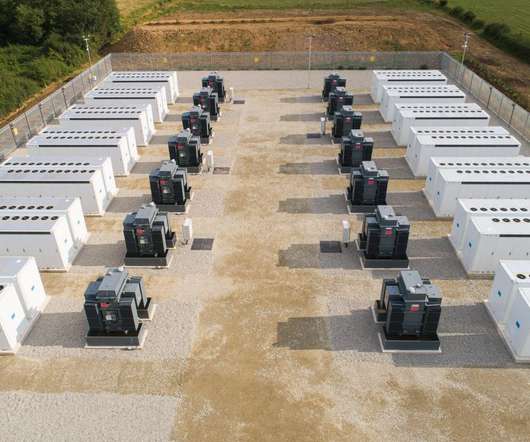Sandy solution for renewable energy storage; Thermal Energy Storage System
Green Car Congress
NOVEMBER 11, 2015
Sand is emerging as a key ingredient in the race to develop a viable electricity storage system for renewable energies. Australia-based Latent Heat Storage has developed a low cost thermal energy storage system based on the latent heat properties of silicon derived from sand. —Jonathan Whalley.













Let's personalize your content